GO Guangdong Route:
Beishan Countyard→Yang Family Ancestral Hall→Yidi Temple→Beishan Hall→Golden Jazz Arts Center
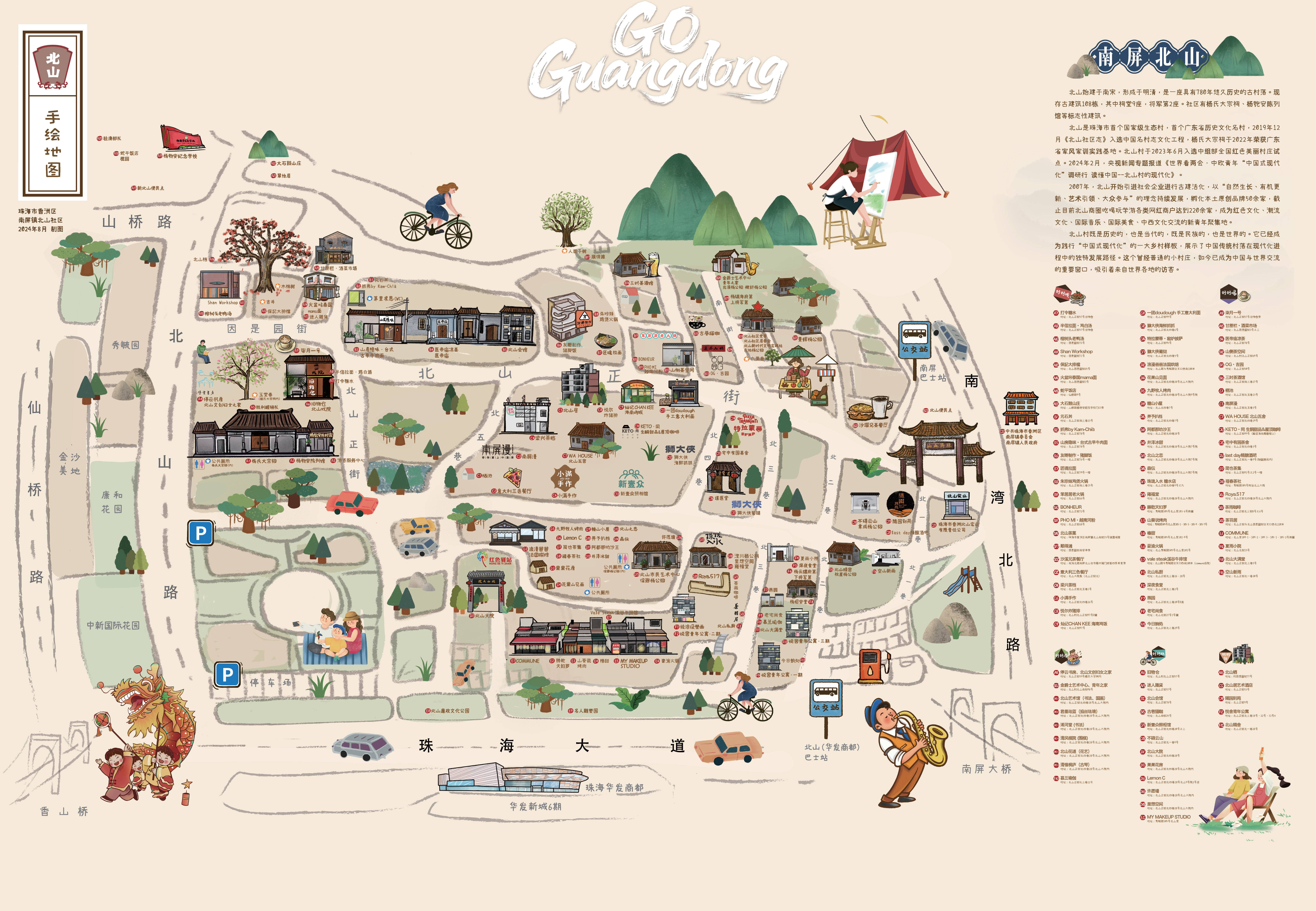
Beishan Village, a model of sustainable community revitalization
Beishan Village is located in a suburb about a 15-minute drive from downtown Zhuhai. With a history spanning over 780 years, the village has transformed into a model of sustainable community and become a popular cultural hotspot. Its traditional Lingnan-style buildings house a variety of coffee shops, restaurants, and independent stores. It is a must-visit destination for coffee, photography, old architecture, and antique enthusiasts.
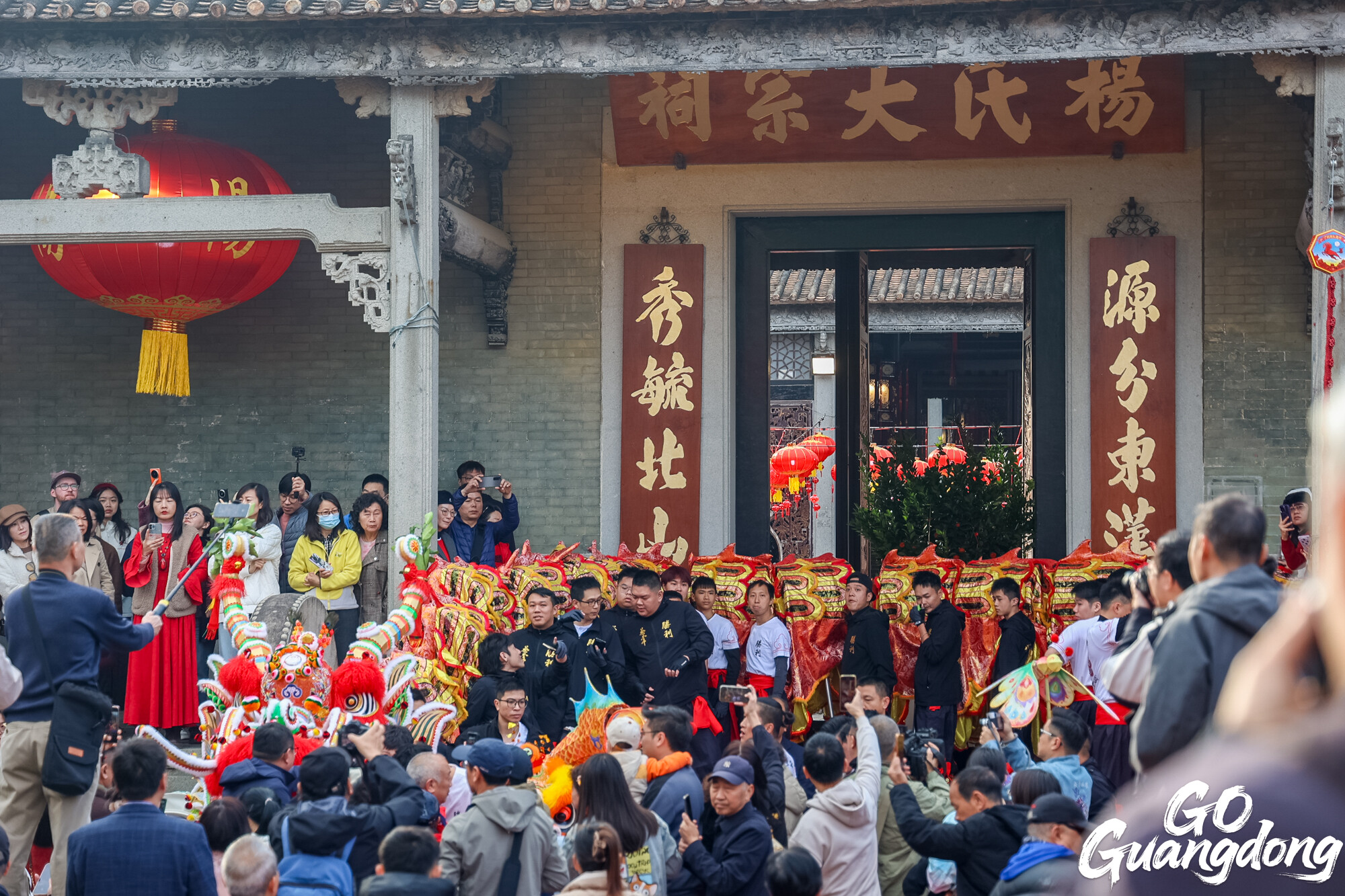
Yang Family Ancestral Hall after revitalization
108 Ming-Qing historic buildings restored based on authenticity
Beishan Village once encountered the challenge of rural depopulation. Despite numerous ancient buildings, 63 percent were in disrepair, characterized by crumbling walls, shabby surroundings, and makeshift structures like low brick walls and iron sheds. More than 75 percent of its young residents had migrated the urban areas for employment.
In 2007, the renowned printmaker Xue Yihan visited Beishan with his family. Upon witnessing the historically significant structures, which were rich in architectural aesthetics yet surrounded by dilapidated makeshift buildings, he felt a deep sense of compassion. He resolved to restore Beishan's severed historical continuity and to rebuild its aesthetic field.
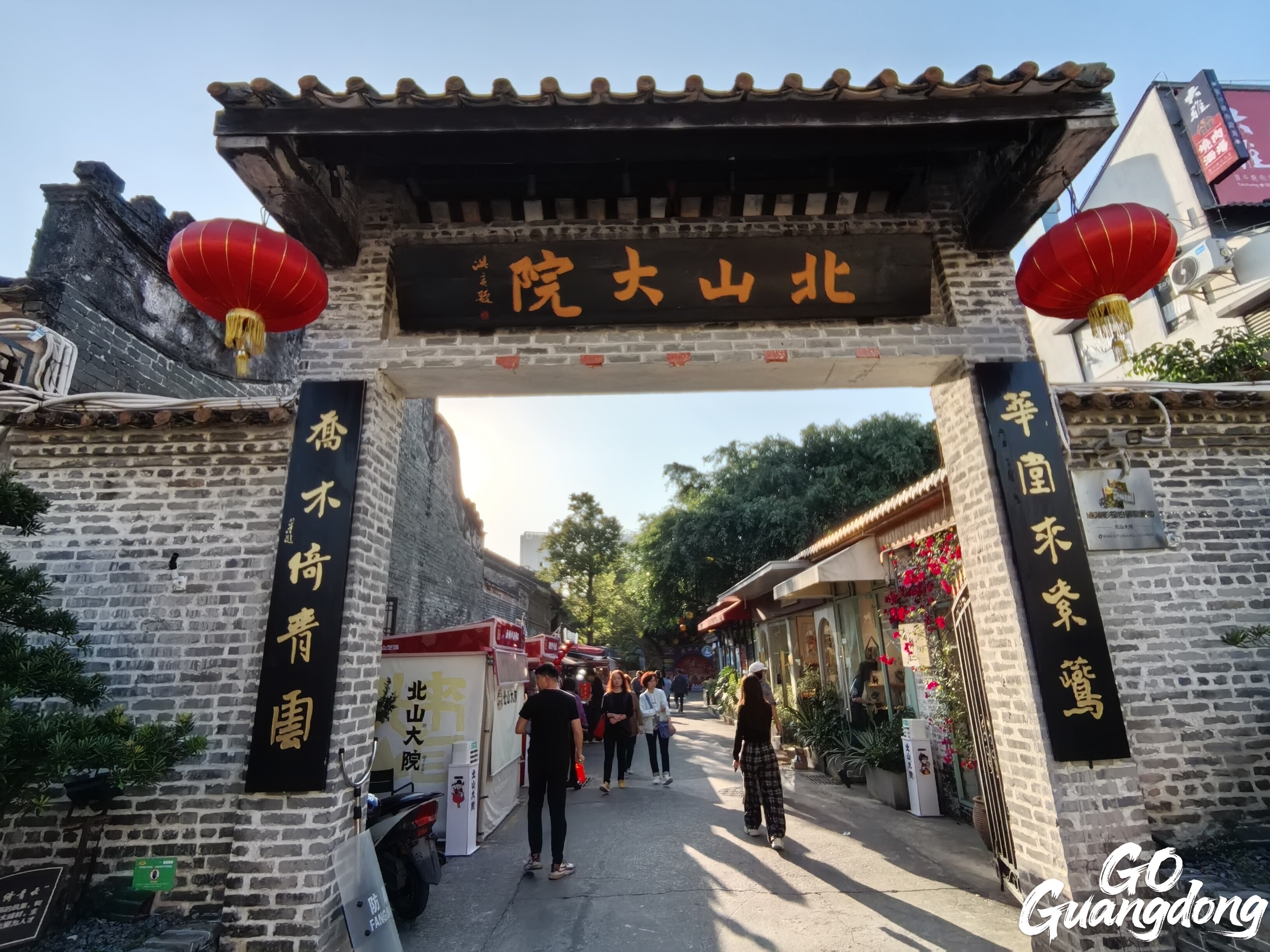
Beishan courtyard after revitalization
Throughout his remaining years, Xue Yihan adhered to the principle of "authenticity-based conservation" and carefully repaired Beishan's historic structures. With his final breaths, he entrusted the legacy of heritage conservation to his son, Xue Wen. With the dedication of two generations, they have successfully restored 108 historic buildings, transforming old theaters into stages for the village’s cultural heritage and spiritual identity.
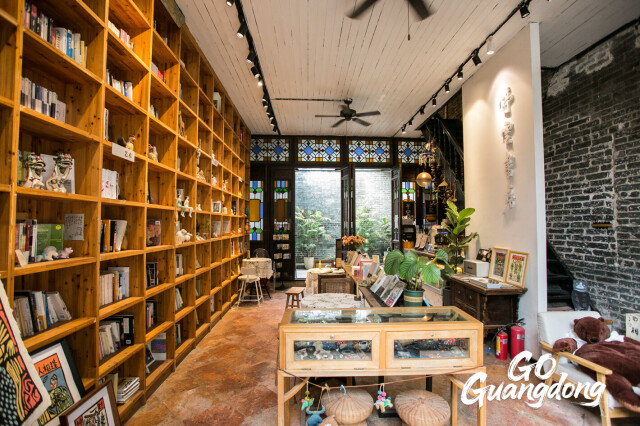
Yang Family Ancestral Hall has been revitalized as a bookstore.
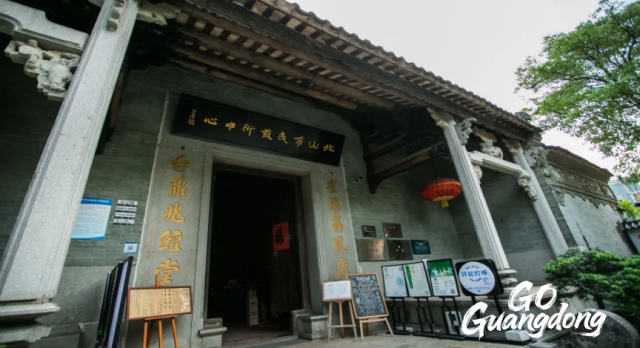
Baoxia Yang Ancestral Hall has been revitalized as the Beishan Civic Arts Center.
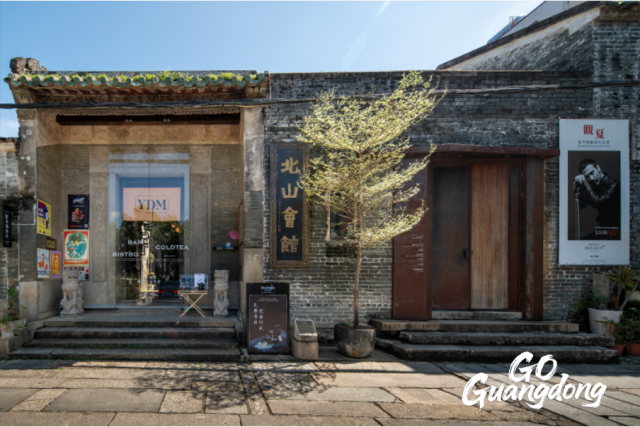
Yidi Temple has been revitalized as a tea house.
Beyond preservation, how to regenerate historic buildings?
To revitalize the community, Xue Wen recognized that focusing solely on the preservation of historic architecture was not enough. The residents must actively engage with these structures; only then can they regain vitality and maintain their relevance over time.
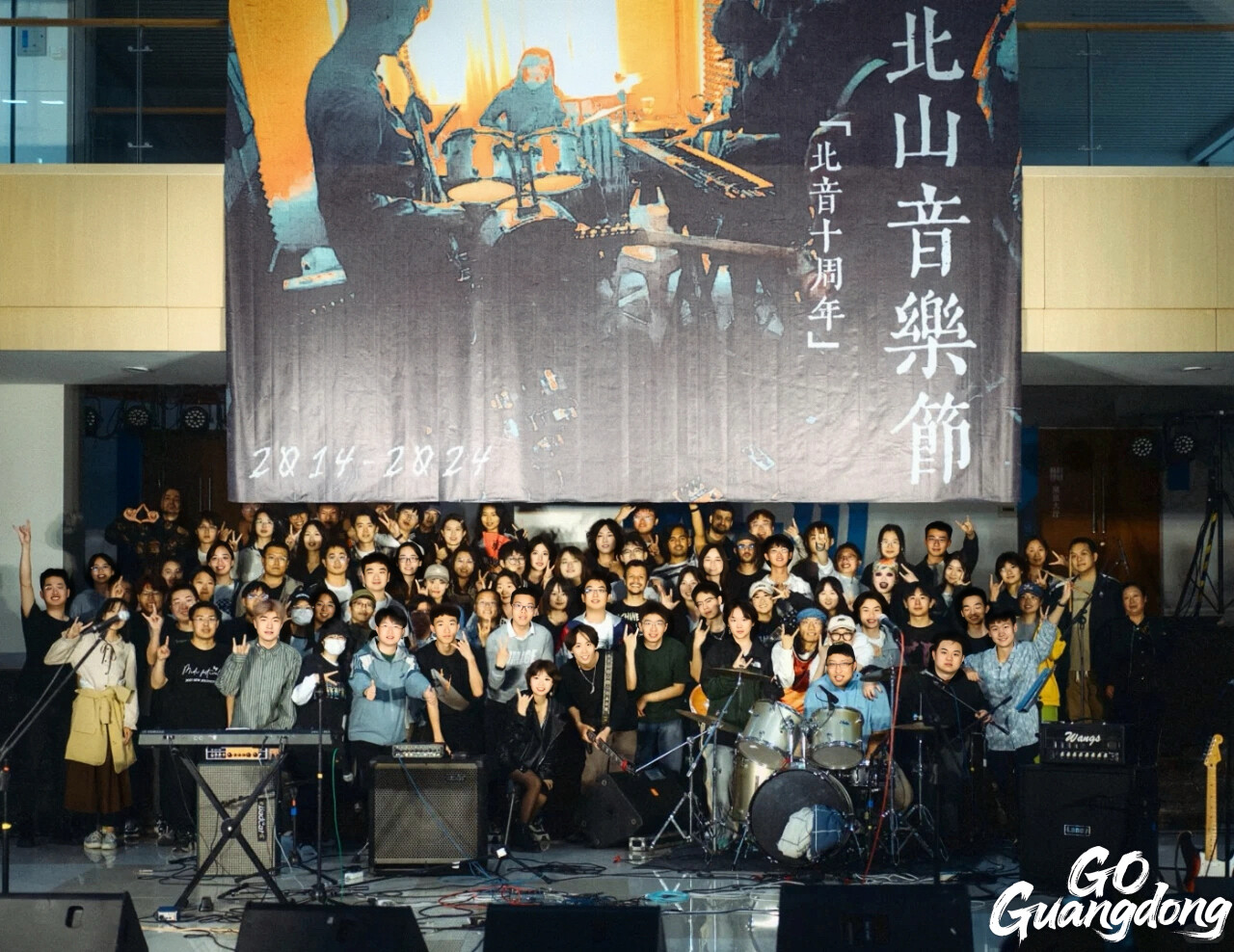
Beishan International Music Festival
Xue drew inspiration from a group of musician friends from France. During their visit to Beishan, each of them was deeply moved by its architectural heritage, which included the ornamental roof beasts, each displaying a unique expression, as well as the intricate wood carvings and weathered bricks. Xue Wen then recognized the pursuit of beauty is universal. It transcends various forms, whether in music or architecture, and is grounded in a shared human instinct.
In September 2010, Xue Wen initiated the first session of International Beishan Jazz Festival and held it at the village’s theater. The event attracted bands from 14 countries and regions including France, Canada, and Norway, which gave audiences the rare experience of hearing global sounds within ancient architecture. It’s the first world-class music festival in China.
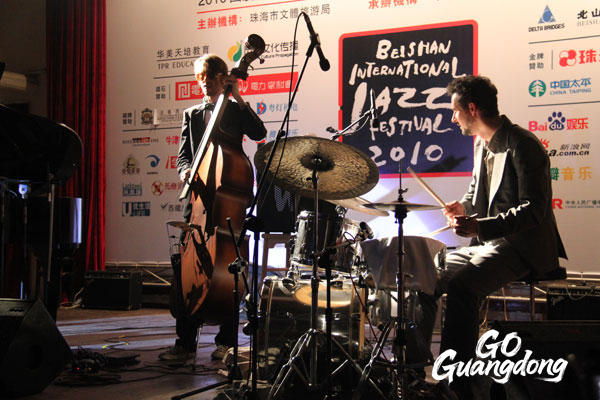
Beishan International Jazz festival
The music festival expanded rapidly, evolving into two major events: the Beishan World Music Festival and the Beishan International Jazz Festival. Hundreds of musicians from both domestic and international backgrounds perform here, attracting widespread media coverage. “Our festival documentaries are shown in New York and Paris. Fans from around the world come just to experience it”, said Xue Wen proudly.
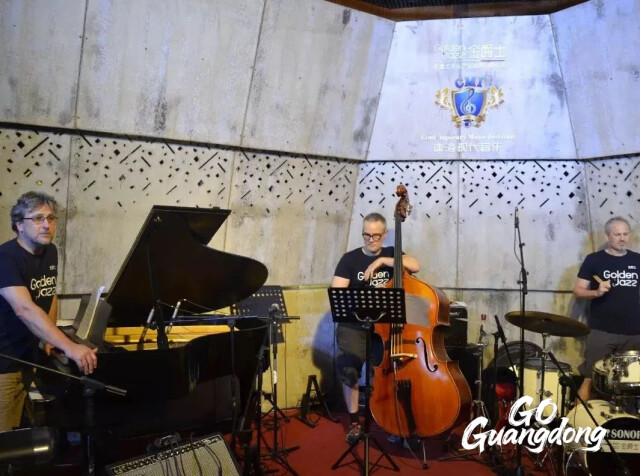
Global artists perform at Golden Jazz Art Center.
At Longxi Yang Ancestral Hall, Beishan's oldest surviving architecture, Golden Jazz Art Center is pulsating with new vitality. This creative fusion of Chinese heritage architecture and Western jazz serves as a live house, a music academy, and a cocktail bar with a dynamic lineup of weekly performances.
Cultural fusion in tastes of Beishan
As the community becomes increasingly international, the diversity of local restaurants has emerged as one of the most vibrant highlights. A French couple opened a small bakery and bistro in Beishan, and although modest in size, it has become a local favorite. Many expats living in Zhuhai make their way to the shop to enjoy freshly baked baguettes.
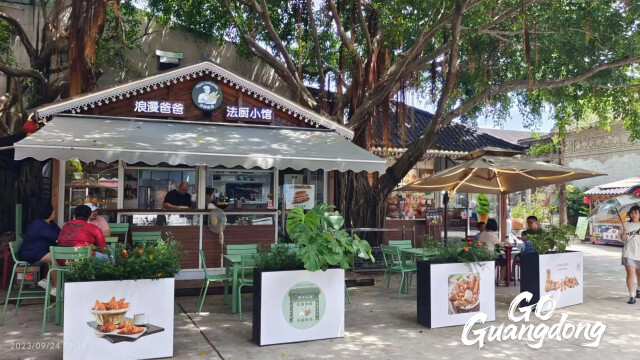
French bakery and bistro in Beishan
According to Renaud, the owner of the bakery, he is attractive to Zhuhai and its Beishan Village and hopes to share French culinary culture with the local community. Today, Beishan serves a global menu—from Italian homemade pasta and pizza to Vietnamese pho, blending international flavors with local ingredients.
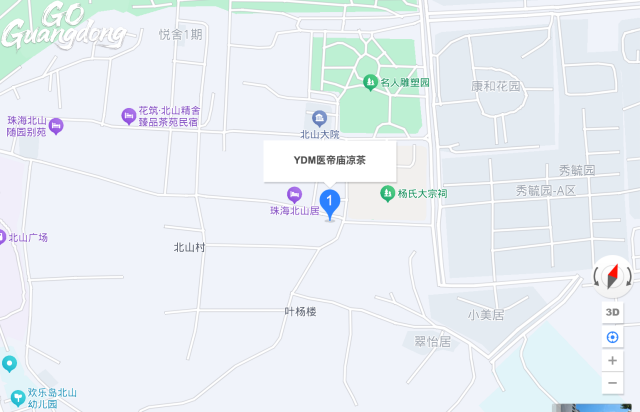
Yidi Temple location
Walking into the Yidi Temple, visitors are greeted by the aromatic scent of herbs that have permeated the bricks and tiles over the past century. This century-old herbal tea shop has now created a unique fusion with Western cocktail culture. At Yidi Temple, guests can savor herbal tea during the day and enjoy cocktails at night.
Through the combination of ancient architecture and cultural offerings, Beishan has transformed from a dilapidated village into an internationally destination. With over 230 trendy businesses, it attracts over 5 million visitors annually, which is generating significant economic impact and providing local residents with direct income benefits.
The village now reports annual revenue exceeding 16 million RMB, which includes 5.3 million RMB in profits. Additionally, tourism income is increasing at a steady rate of 23 percent each year. Both household earnings and community revenues are consistently on an upward trajectory.
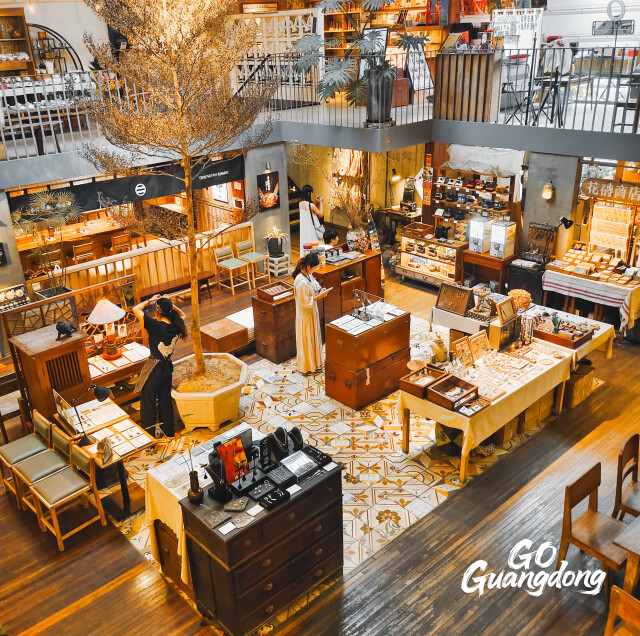
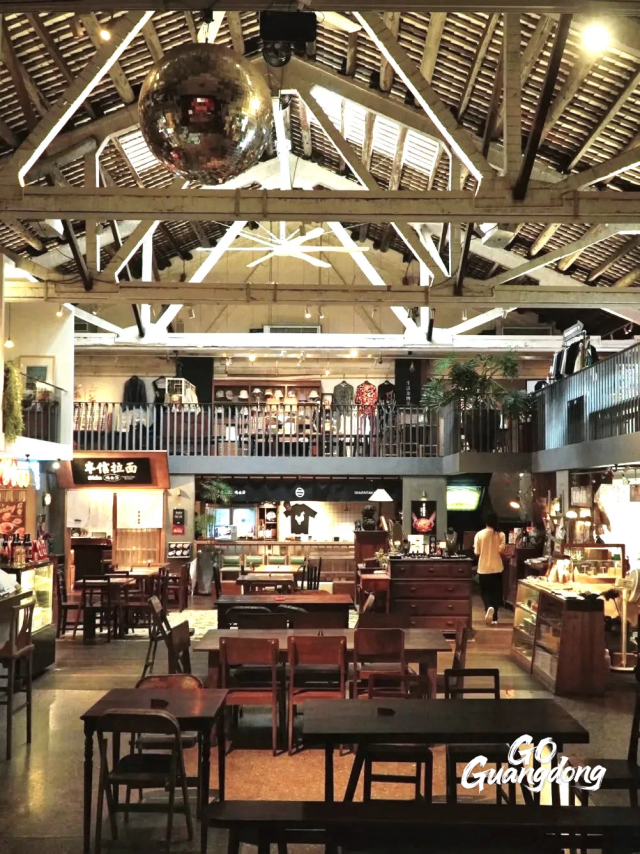
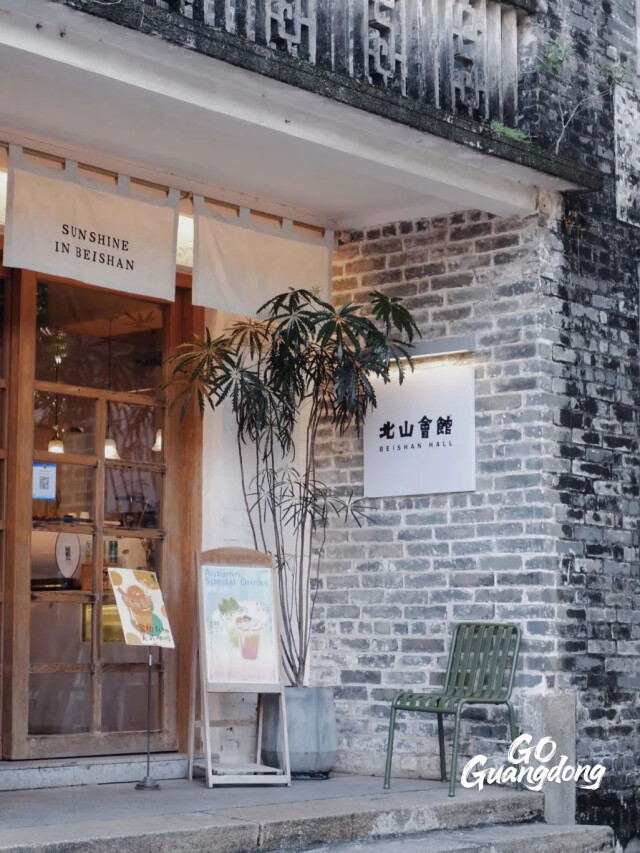
Beishan Village's diverse art spaces
Reported by Tang Huiting
Edited by Yin Juewen










